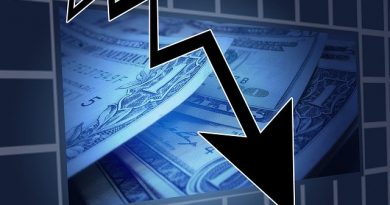What is a High Yield Bond
High-yield bonds are doing well lately, according to Reuters.
“Investors had been feasting on U.S. corporate credit bonds for years, though recession fears and mounting defaults late last year put an abrupt end to that. This year, the appetite for U.S. corporate bonds picked up dramatically when investors’ views on the economy began to improve and central banks became more accommodative.
U.S. corporate bonds have posted a total return of 13.4% this year, measured by the Bank of America Merrill Lynch US Corporate Bond Index, while year-to-date Treasury returns are up 8.1%, according to an index compiled by Bloomberg and Barclays .
What’s more, a lack of alternatives against the backdrop of ultra-low, even negative-yielding, debt has made U.S. corporate bonds the natural destination for many investors. Some 95% of all investment-grade corporate debt in the world that has a positive yield is in the United States, according to Bank of America Merrill Lynch.” Read more…
To understand high yield bonds, let’s define what a bond is. A bond is an interest-bearing investment that obliges the borrower to pay a specific amount of interest for a specific period of time and then at maturity to repay the investor the original amount of the loan. High yield bonds are bonds issued by corporations. These companies pay interest rates higher than those of top quality government or corporate bonds to attract investors. Corporate assets back the bonds; incase of default, the bondholders have a legal claim on those assets.
High yield bonds can offer many advantages:
1. As the name implies, high yield bonds frequently have higher yields. They can be called (redeemed) earlier, which is one reason investors receive higher interest payments. In general these bonds have shorter maturities. Downturns in this investment category have not been as dramatic as in other investment categories.
2. High yield bonds have become a large global market and lack of liquidity is not a huge concern.
3. High yield bonds are not perfectly correlated with other investment categories.
4. High yield bonds have to earn higher returns in order to compensate investors for higher risk. High yield bonds tend to combine the higher returns associated with equities and the lower risk associated with bonds.
5. These bonds will fluctuate based on more than just the direction of interest rates; they will also increase or decrease in value as the issuing company improves its financial performance.
During the previous five years, high yield bonds have generated superior returns compared to more conservative bond funds. However, these returns are less than those of some aggressive equity funds. Investors should invest a portion of their portfolio in this investment category to reduce their risk and increase their income and return potential.
High yield bonds play an important role in a well-diversified mutual fund portfolio for both the conservative and aggressive investors. This sector will still incur risk; but the worst downside risk displayed by this investment category was a loss of 8 percent. Investors who want to capitalize on the opportunities of high yield bonds could consider several mutual funds.
